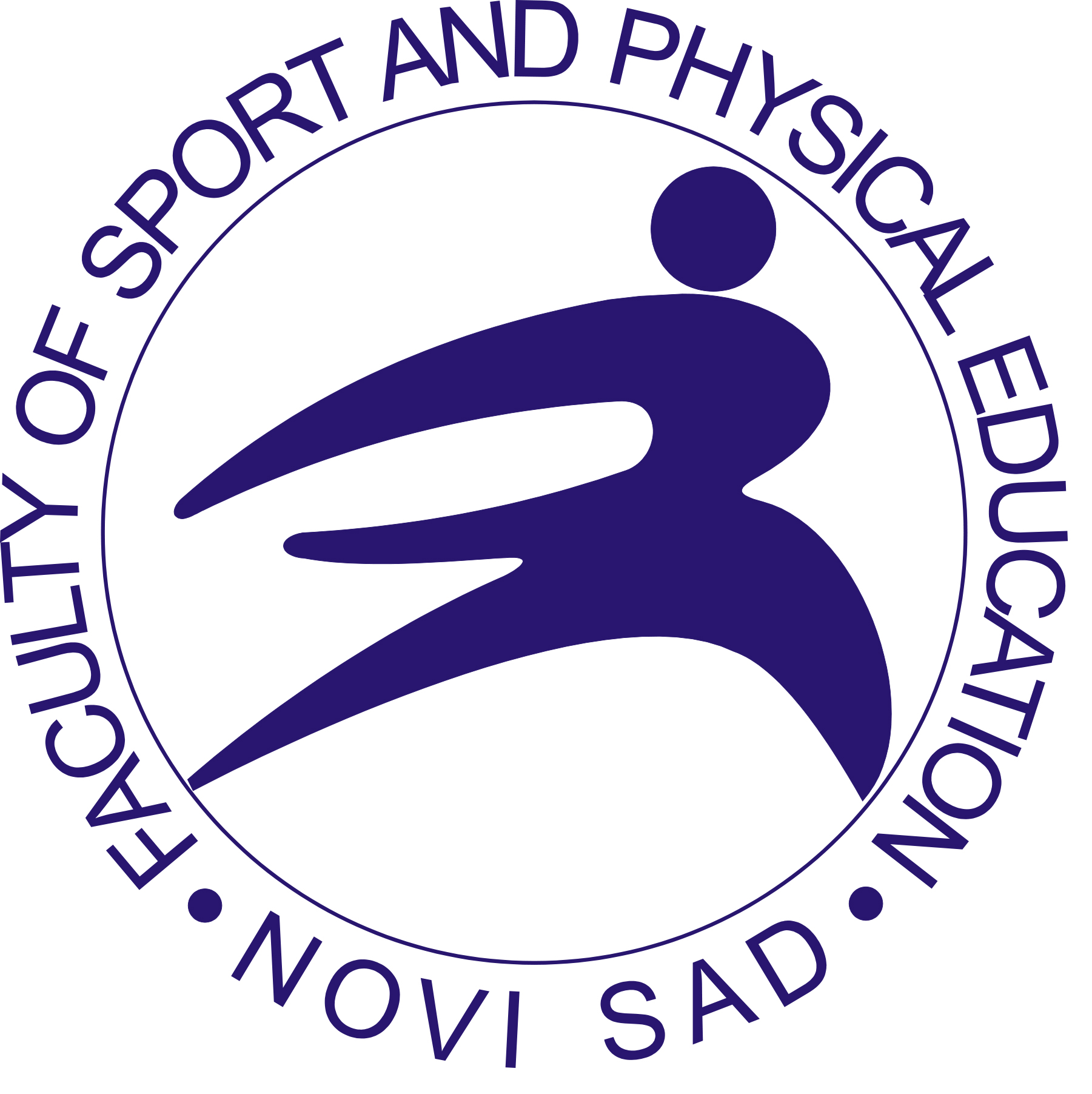
More articles from Volume 16, Issue 1, 2024
Overview of systematic reviews on the most common sports injuries
Risk factors for shoulder injury in professional male handball players: A systematic review
Sports injuries in athletes with disabilities
Musculoskeletal injuries in bodybuilders: A brief review with an emphasis on injury mechanisms
Discrepancies in the prevalence, risk factors, diagnosis, and treatment of stress fractures between long-distance runners and sprinters: A qualitative review of systematic reviews
Sports injuries in athletes with disabilities
 ,
,
University of Belgrade, Faculty of Special Education and Rehabilitation, Belgrade, Serbia
 ,
,
University of Belgrade, Faculty of Special Education and Rehabilitation, Belgrade, Serbia

High Medical College of Professional Studies “Milutin Milanković”, Belgrade, Serbia
Editor: Žiga Kozinc
Abstract
The aim of the study was to determine the type and localization of sports injuries in people with disabilities who play sports professionally or recreationally and to examine whether there was a difference in sports injuries between these two categories of para-athletes. The research sample consisted of 30 men with an average age of 40.96 years. The sample had two subsamples. The first group consisted of 13 respondents who participated in para-sports professionally. The second group comprised of 17 respondents who take part in para-sports recreationally. The respondents trained individual and team para-sports (parashooting, parataekwondo, paraswimming, paracycling, para-athletics, para-table tennis, sitting volleyball and wheelchair basketball). A questionnaire was created to gather overall demographic data, and a part of the Musculoskeletal Discomfort Form was used to localize musculoskeletal complaints. Descriptive statistics, measures of central tendency, the Mann-Whitney U test and Spearman's rank correlation coefficient were applied. The results showed that 76.6% of all para-athletes have suffered at least one injury, with most injuries occurring during training (63.3%). Shoulder trauma and soft tissue injuries were the most common. Both subsamples reported that they had experienced the most problems in the form of pain, discomfort and numbness in the neck and lower back. As far as people with disabilities are concerned, participation in para-sports carries inseparable and associated risks. Therefore, the data achieved in this study can be used in order to understand the risk factors leading to injury which are specific to para-athletes (disability-sport) and to develop injury prevention programs.
Keywords
References
Citation
Copyright

This work is licensed under a Creative Commons Attribution-NonCommercial-ShareAlike 4.0 International License.
Article metrics
The statements, opinions and data contained in the journal are solely those of the individual authors and contributors and not of the publisher and the editor(s). We stay neutral with regard to jurisdictional claims in published maps and institutional affiliations.
























